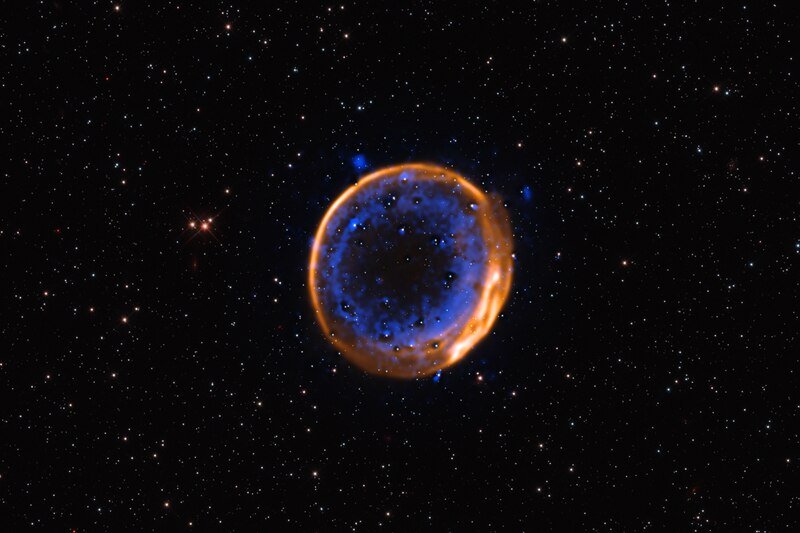The irrefutable visual proof of a star dying in a spectacular “double detonation,” the explosive death of a star which occurs in twinned strokes, has now been recorded. This event marks the first instance of a white dwarf star undergoing two rapid explosions. The unprecedented finding offers new insights into the supernova remnant SNR 0509-67.5, situated 160,000 light-years away in the Large Magellanic Cloud, and was published in Nature Astronomy on July 2, 2025.
The forensic argument regarding two rings of calcium cores which circulate around the site of the explosion confirms the hypothesized rationale for Type Ia supernovae . Type Ia supernovae are the “standard candles” employed to gauge the expansion rate of the universe. The results improve the resolution for one of the unresolved questions in cosmology: different approaches to measuring the universe’s expansion rate diverge significantly, and the reasoning behind this has been largely unaddressed.
A Star’s Violent End: The Double-Detonation Mechanism
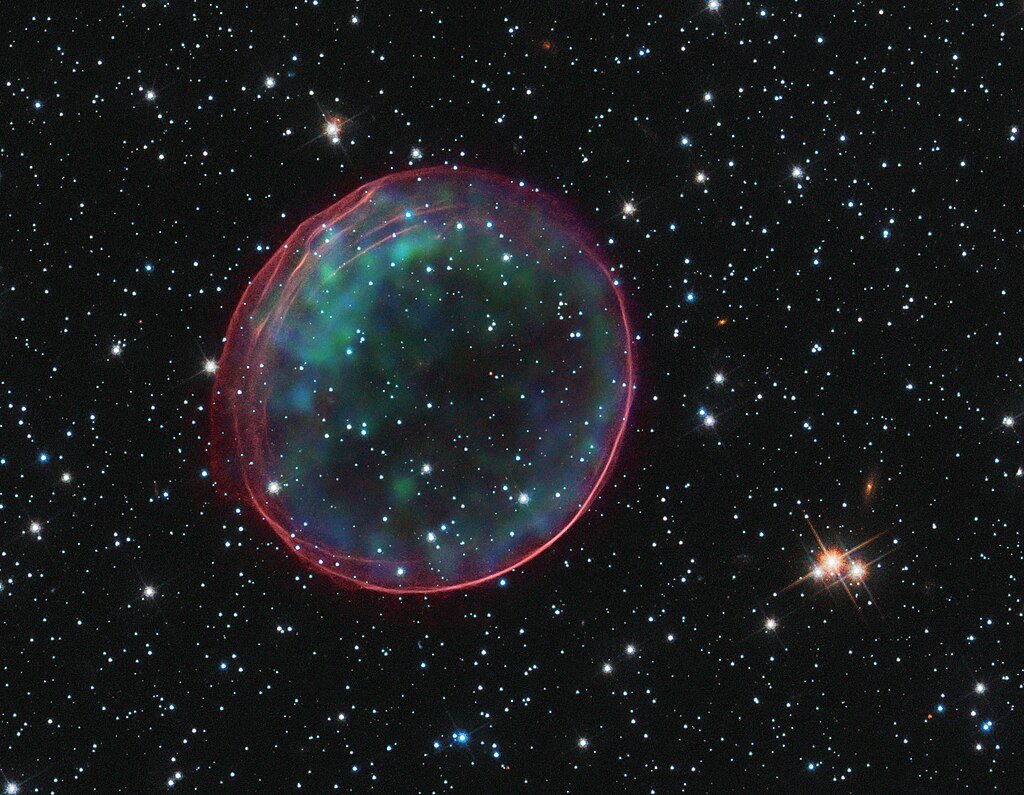
Most supernovae occur when massive stars collapse under their own gravity, but Type Ia supernovae are different. These involve white dwarfs which are the dense cores, the size of Earth, and the remnants of stars that have died such as our Sun. Traditionally, astronomers believed these stellar corpses explode only after stealing enough material from a companion star to reach the Chandrasekhar limit (1.4 times the Sun’s mass), triggering a single, catastrophic detonation.
However, newer observations suggest a much more high–tech and complex death: a two-stage explosion. The white dwarf in question began to pull helium from its neighbor which formed an unstable outer shell. When this helium underwent detonation, the resultant shockwave from the explosion compressed the star’s carbon-oxygen core, causing a much stronger secondary explosion. In total, the entire sequence took two seconds.
“Nothing remains. The white dwarf is completely disrupted,” said Priyam Das, the lead researcher. Priyam likens these types of discoveries to forensic astronomy, “where you can study the stellar remains and try to figure out what cosmic crimes happened.”
The Smoking Gun: Two Shells of Calcium
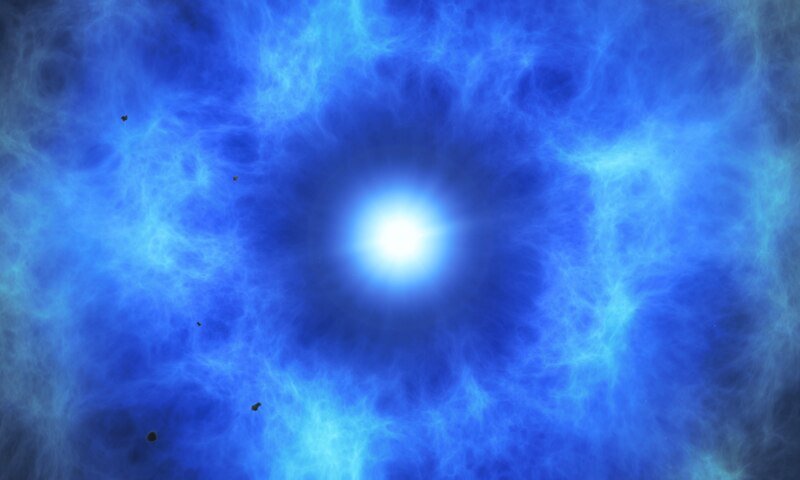
Critical data associated with the supernova remnant’s chemical composition scans were acquired while using Very Large Telescope’s MUSE instrument. It revealed two concentric rings of ionized calcium (Ca XV) from the helium burst and cores explosion serving as the inner and outer shells, respectively, with sulfur in between.
“”This is the perfect smoking-gun evidence of the double-detonation mechanism,” Das said. The structure complements high-resolution computer simulations predicting dual-calcium-layered structures would result from such violent explosive scenarios, thereby substantiating a decades-old hypothesis.”
Why This Matters: Cosmic Chemistry and the Hubble Tension
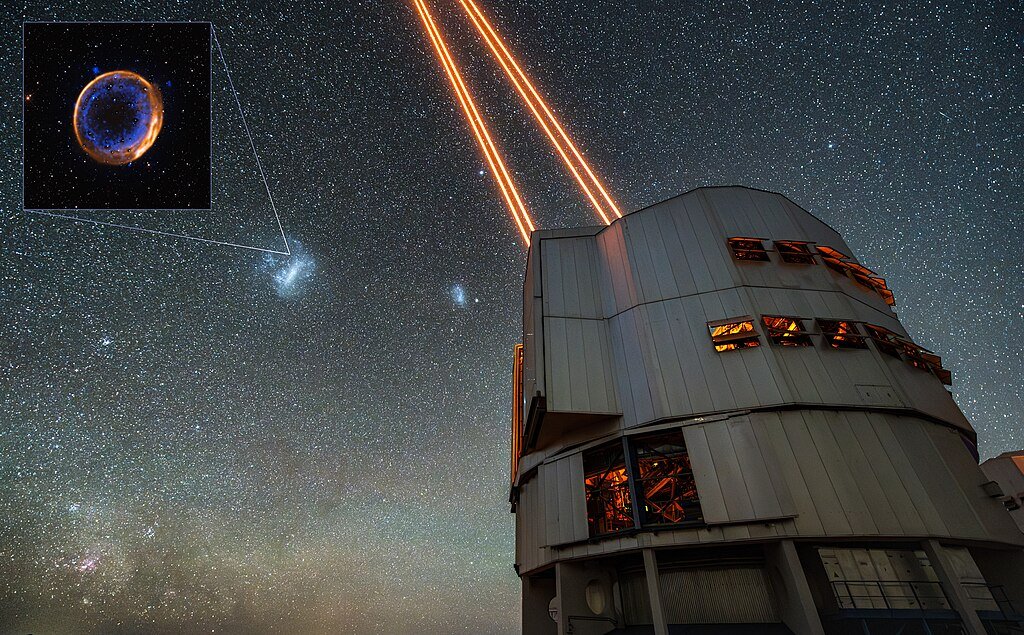
More than just explosions of stars, Type Ia supernovae do deep and foundational changes in the universe. In the process of these explosions, elements such as iron, calcium, and sulfur are created and released to space. Ivo Seitenzahl, one of the authors stated “The Big Bang only made hydrogen, helium, and lithium.” ‘Here we see how calcium, sulfur, or iron are made’.
But their primary purpose they serve is the “standard candles” measuring the expansion of the universe. Recent discrepancies between measurements of the Hubble constant derived from supernovae and the cosmic microwave background (CMB) have created a cosmological crisis. Supernovae Type Ia are thought that if some of them explode before reaching the Chandrasekhar limit (like the one described), they might lose some brightness. This may alleviate the Hubble tension.
A Quadruple Detonation? Even More Explosive Possibilities
The results also suggest an even more extreme possibility: “Quadruple Detonations.” The merging of two white dwarfs, for instance, could enable the primary star’s explosion to ignite another double detonation in its companion, hence four sequential detonations.
“Such a double double detonation could possibly also lead to the calcium double shell structure that was observed,” the researchers explained, thus broadening the scope of investigation of binary white dwarf systems.
A Cosmic Spectacle and a Scientific Milestone
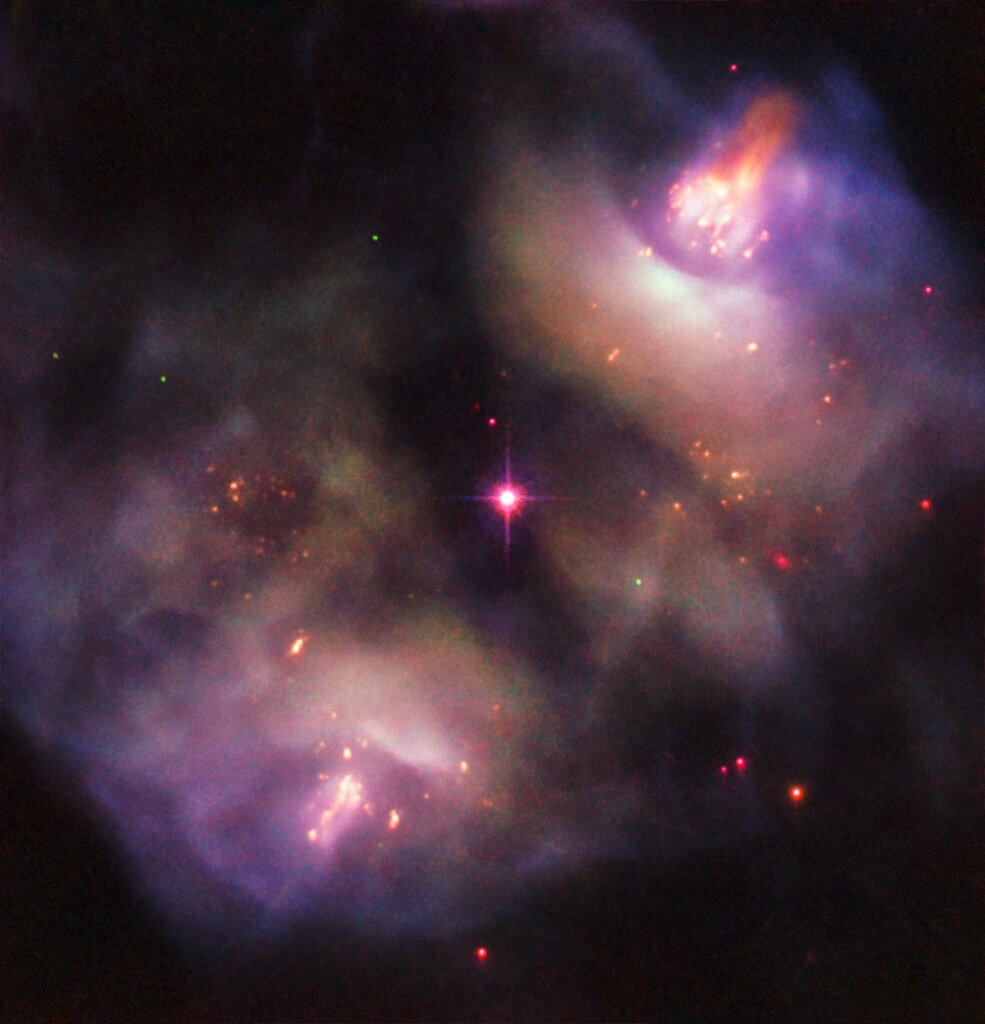
The image captures an aesthetically pleasing moment alongside its scientific importance. Seitenzahl stated, “It’s beautiful. We are seeing the birth process of elements in the death of a star.”
Das views the discovery as a blend of artistic and analytical accomplishment interpreting, “Revealing the inner workings of such a spectacular cosmic explosion is immensely gratifying.”
What’s Next? Refining the Cosmic Distance Ladder

The team wants to find more double-detonation supernovae to see how common they are. If they make up a large part of Type Ia explosions, cosmologists may need to change how they measure distances, which could help with the Hubble tension.
Astronomers hope to see these explosions in real time with new telescopes like the Extremely Large Telescope (ELT). They want to see stars die not once, but twice, in a stunning end that shapes the universe.
Conclusion: A New Chapter in Stellar Forensics
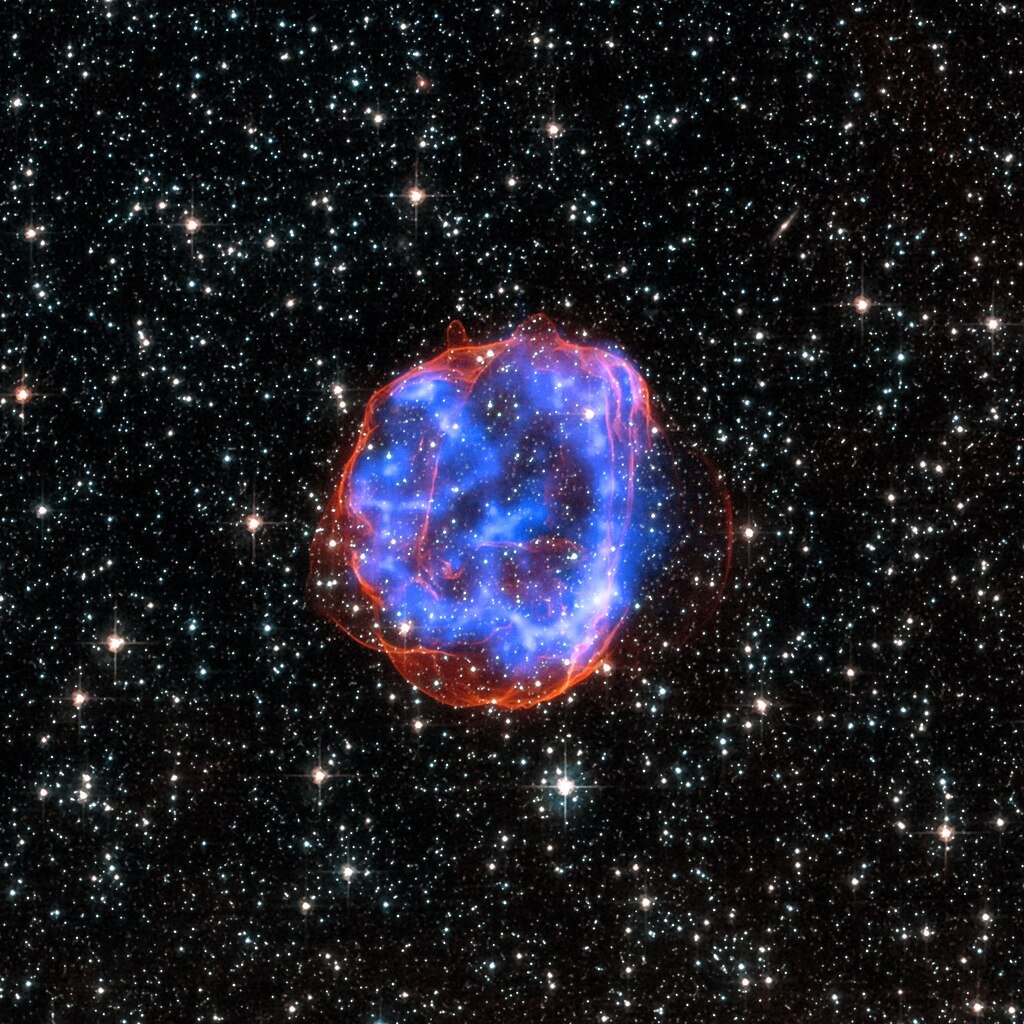
This finding is not only solving an age-old mystery; it is literally changing everything about how we perceive the death of stars. Similar to what Does articulated, “This is forensic astronomy. We’re studying the dead remains of stars to understand what caused the death,” and in doing so, we’re exposing the truth about the entire universe.
Sources:

Suhail Ahmed is a passionate digital professional and nature enthusiast with over 8 years of experience in content strategy, SEO, web development, and digital operations. Alongside his freelance journey, Suhail actively contributes to nature and wildlife platforms like Discover Wildlife, where he channels his curiosity for the planet into engaging, educational storytelling.
With a strong background in managing digital ecosystems — from ecommerce stores and WordPress websites to social media and automation — Suhail merges technical precision with creative insight. His content reflects a rare balance: SEO-friendly yet deeply human, data-informed yet emotionally resonant.
Driven by a love for discovery and storytelling, Suhail believes in using digital platforms to amplify causes that matter — especially those protecting Earth’s biodiversity and inspiring sustainable living. Whether he’s managing online projects or crafting wildlife content, his goal remains the same: to inform, inspire, and leave a positive digital footprint.

